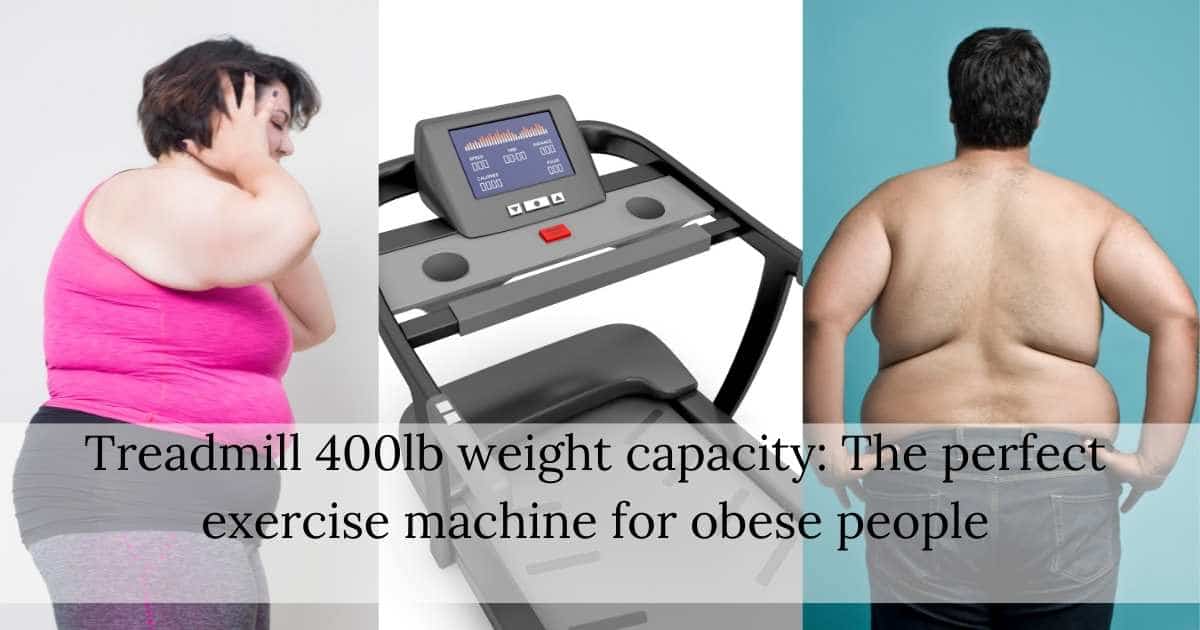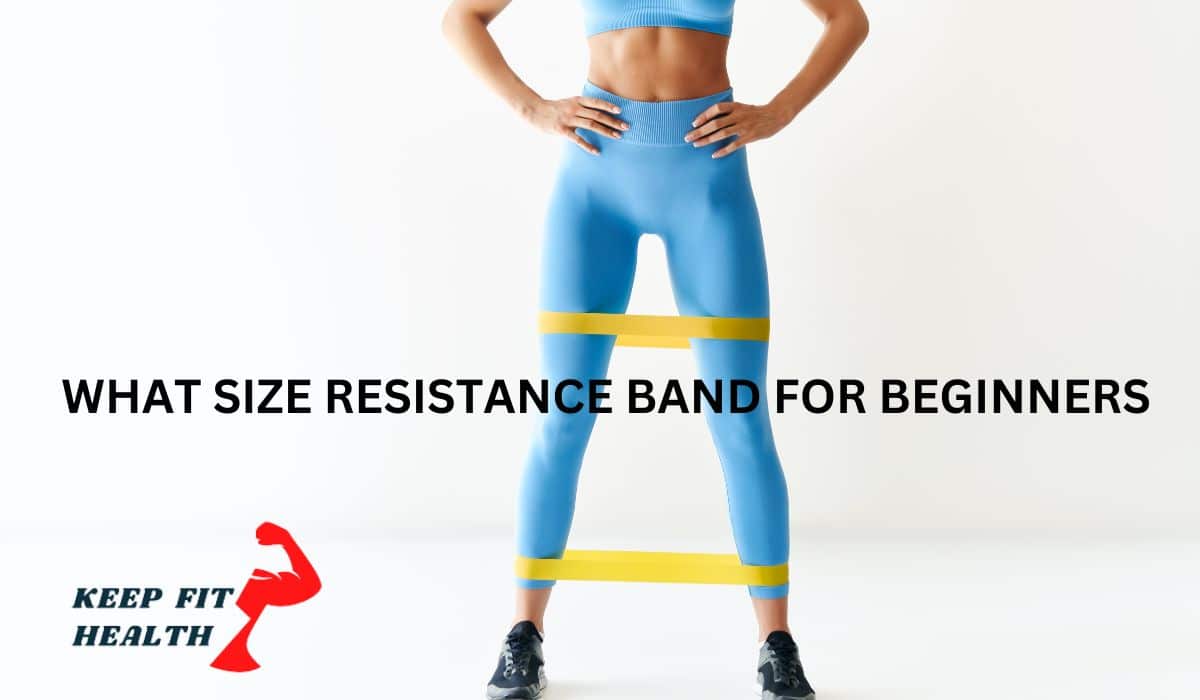Dumbbells are one of the most versatile tools in fitness, and their benefits extend far beyond just building muscle. Whether you are a beginner or an advanced athlete, incorporating dumbbell workouts into your fitness routine can lead to significant improvements in strength, endurance, flexibility, and overall health.
In this article, we will explore the many benefits of dumbbell workouts for overall fitness and why they should be a staple in your exercise regimen.
Why Choose Dumbbells for Fitness?
Dumbbells are compact, easy to use, and adaptable to various fitness goals. Unlike machines or barbells, they allow for a more natural range of motion, making them suitable for people of all fitness levels. Their versatility and accessibility have made dumbbells a favorite among fitness enthusiasts.
Accessibility and Convenience
Dumbbells are one of the most accessible pieces of equipment available. They can be used at home, in the gym, or even outdoors. Adjustable dumbbells, in particular, save space and offer a wide range of weight options, making them ideal for home gyms.
Versatility for All Fitness Goals
Whether your goal is to build muscle, lose weight, or improve functional strength, dumbbells can help. They are perfect for exercises targeting every major muscle group and can be used for strength training, cardio, and even rehabilitation.
The Benefits of Dumbbell Workouts for Overall Fitness
Dumbbell workouts offer numerous benefits that make them an essential component of any fitness routine. Below, we delve into some of the most significant advantages.
1. Improved Muscle Strength and Tone
One of the primary benefits of dumbbell workouts is their ability to build and tone muscles. By providing resistance, dumbbells challenge your muscles, promoting strength and endurance. Unlike machines, dumbbells require you to stabilize the weight, engaging additional muscle groups for better overall development.
2. Enhanced Balance and Coordination
Dumbbell exercises often involve unilateral movements, where one side of the body works independently from the other. This improves balance and coordination while correcting muscle imbalances. For example, single-arm dumbbell rows and lunges target specific muscle groups while enhancing stability.
3. Greater Range of Motion
Dumbbells allow for a more extensive range of motion compared to barbells or machines. This enables you to perform exercises that work muscles through their full length, leading to better flexibility and joint health. Movements like dumbbell chest presses and flyes are excellent examples of this benefit.
4. Functional Strength Development
Functional strength refers to the ability to perform everyday activities efficiently. Dumbbell workouts mimic natural movements, making them ideal for functional training. Exercises like dumbbell squats, farmer’s carries, and overhead presses help build the strength needed for tasks such as lifting, carrying, and pushing.
5. Cardiovascular Benefits
Incorporating dumbbells into high-intensity interval training (HIIT) or circuit workouts can boost your heart rate and improve cardiovascular health. Dumbbell exercises like thrusters, snatches, and swings are excellent for combining strength and cardio in a single session.
6. Versatility in Exercise Options
Dumbbells can be used for a wide variety of exercises targeting all muscle groups. From compound movements like deadlifts and squats to isolation exercises like bicep curls and tricep kickbacks, the possibilities are endless. This versatility allows you to create customized workouts tailored to your fitness goals.
Dumbbells for Different Fitness Levels
One of the key advantages of dumbbells is their adaptability to different fitness levels. Whether you’re a beginner or an experienced athlete, dumbbells offer options to suit your needs.
For Beginners
Dumbbells are an excellent starting point for those new to strength training. They allow you to practice proper form with lighter weights, reducing the risk of injury. Exercises like goblet squats, dumbbell presses, and bent-over rows are beginner-friendly and effective.
For Advanced Users
Advanced lifters can use dumbbells to add variety and intensity to their routines. Heavier dumbbells or advanced techniques like drop sets and supersets can challenge even the most seasoned athletes. Dumbbells are also great for accessory work, complementing barbell exercises.
Additional Benefits of Dumbbell Workouts
Portability
Dumbbells are portable and can be used almost anywhere. This makes them an excellent choice for home workouts, outdoor training, or even when traveling.
Cost-Effective
Compared to other fitness equipment, dumbbells are relatively affordable. Adjustable dumbbells, in particular, provide excellent value by offering multiple weight options in a single set.
Rehabilitation and Injury Prevention
Dumbbells are widely used in physical therapy to help individuals recover from injuries. Their versatility allows for low-impact exercises that improve strength and mobility without putting undue stress on joints.
Increased Calorie Burn
Dumbbell workouts can elevate your metabolism and increase calorie burn. By engaging multiple muscle groups, exercises like dumbbell snatches or clean and presses are highly effective for weight loss and improving body composition.
Combining Dumbbells with Other Equipment
While dumbbells are incredibly versatile, combining them with other equipment like resistance bands, stability balls, or kettlebells can further enhance your workouts. This combination allows you to target muscles in new ways, preventing plateaus and keeping your routine fresh.
FAQs
Are dumbbell workouts suitable for beginners?
Yes, dumbbell workouts are highly suitable for beginners. They allow you to start with lighter weights and focus on proper form while gradually building strength and confidence.
How often should I do dumbbell workouts?
The frequency of dumbbell workouts depends on your fitness goals. For general fitness, aim for 2-3 sessions per week. For advanced strength training, 4-5 sessions may be ideal.
Can dumbbells replace a gym membership?
Dumbbells are versatile enough to provide a full-body workout, making them an excellent option for home fitness. With a well-planned routine, dumbbells can effectively replace many gym machines and equipment.
Final Thoughts
The benefits of dumbbell workouts for overall fitness are undeniable. From building strength and improving balance to enhancing flexibility and cardiovascular health, dumbbells are a must-have tool for anyone looking to elevate their fitness. Their versatility, accessibility, and effectiveness make them suitable for all fitness levels and goals. Whether you’re just starting your fitness journey or looking to take your training to the next level, incorporating dumbbell workouts into your routine is a step in the right direction.


















